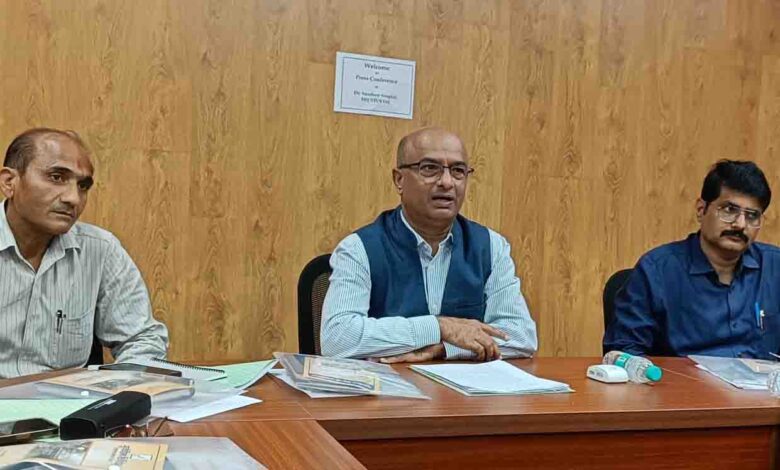Uttarakhand to become power surplus State in two-three years: UJVNL MD

Wednesday, 25 September 2024 | PNS | DEHRADUN
The Managing Director (MD) of the UJVN Limited Sandeep Singhal has claimed that with focus on hydropower sector and relentless pursuit of technological excellence Uttarakhand is all set to become a power surplus State in two to three years. He said that the State has set a target to double its hydropower generation in the next eight years. Interacting with the mediapersons at headquarters of UJVNL here on Tuesday, Singhal said that the UJVNL is currently generating 1,440 MW of cheap and clean power and it has taken a target to double its production till 2030-31. The corporation is also planning to triple its revenue collection from existing Rs 1,000 crore.
Terming the hydropower as the best and cost effective mode of power generation Singhal said that Uttarakhand has an estimated potential of 20,000 MW of hydropower generation and the State is presently generating 4,249 MW of hydropower.
He informed that in last four years the corporation has completed five new projects, the 120 MW Vyasi hydropower project Dehradun, five MW Suringad project Pithoragarh, 4 MW Kali Ganga I and 4.5 MW Kali Ganga II Rudraprayag and 15 MW Madmaheshwar hydro power project Rudraprayag. These projects have added 148.5 MW in the capacity of the UJVNL.
He added that work on the 300 MW Lakhwad multipurpose power project (MPP) is underway while the DPR of the ambitious 660 MA Kishau MPP is being revised. Singhal said that 72 MW Tyuni- Palasu, Dehradu and 120 MW Sirkari, Bhyol- Rupsiabagad projects are also on the anvil.
The MD informed that at present 20 projects of UJVNL are operational in the State and the corporation has renewed and upgraded nine such projects which have completed their operational age.
Allaying the fears of environmentalists the UJVNL MD said that hydropower is clean and green energy and the government of India has made cumulative environmental impact assessment studies mandatory for the power projects. The minimum ecological flow in the rivers has also been revised to 20 per cent during lean, 25 per cent during intermittent and 30 per cent in the monsoon season. He added that it is now mandatory to leave a minimum distance of one km between two power projects on a river. Singhal added that in view of the threat posed by the glacial lakes the provision to deal with the eventuality arising of glacial outbursts will be made in the design of the power projects.






